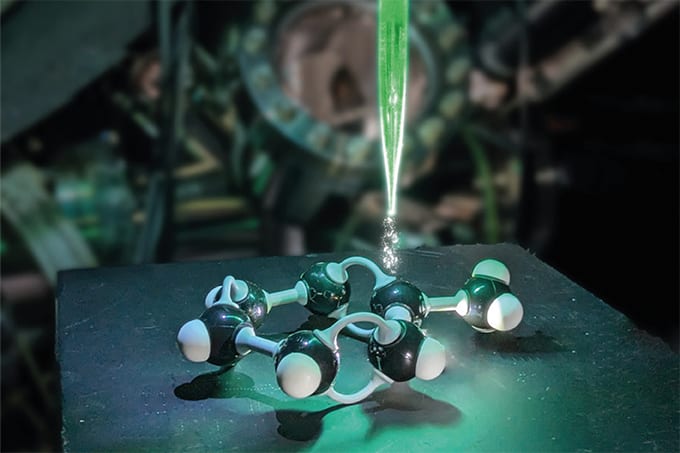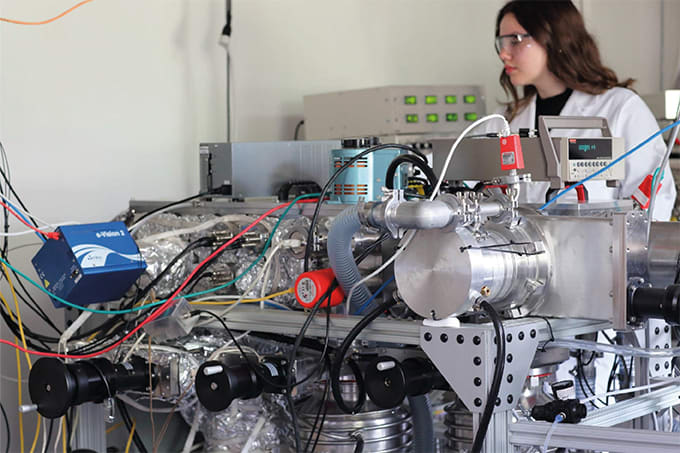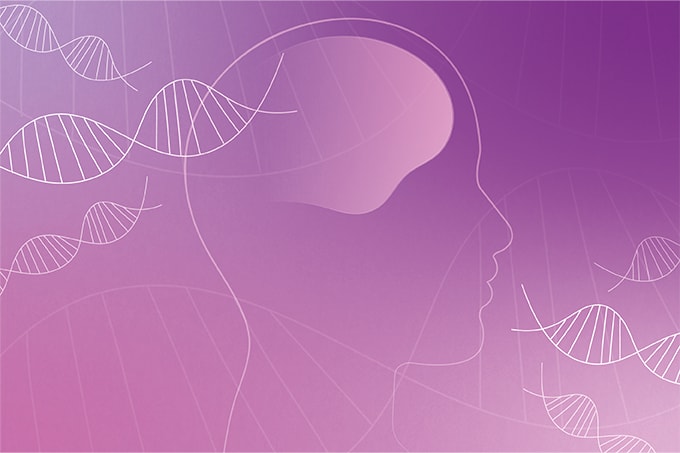What future trends do you foresee in the field of nitrosamine analysis and regulation?
Alan Thompson: The discovery of nitrosamines in “sartans” 6 years ago prompted a wide-ranging review of existing medicinal products, whereby numerous compounds were identified as potential compounds for nitrosamine formation. Whilst this formation is often facilitated by the presence of nitrites present in drug excipients, it can often be compounded by environmental factors, given the presence of nitrites in water and the extensive use of nitrites as preservatives within the food industry.
In addition to this, many of the new nitrosamine compounds identified are generated from related APIs, and therefore toxicological data on them can be quite limited. However, greater regulatory harmonization between different bodies, including a focus on validation acceptance criteria, would certainly add another level of control to what is a fast-emerging field of pharmaceutical, environmental and food science.
Jessica Hoskins: I couldn’t agree more, greater harmonization is always welcome!
Kevin Parker: The future of nitrosamine analysis in pharmaceutical products will always involve proper risk assessments, testing for nitrosamines, and robust regulatory guidance. However, I think future development will focus on the prevention of nitrosamine formation all together. Using scavengers that can remove the building blocks or inhibitors that stop the chemical reactions required for nitrosamine formation, the control strategies surrounding nitrosamines will become more robust. Further understanding of the formation of nitrosamines in solid state drug products will only enhance the industry’s ability to prevent and control nitrosamines.
Similar to the guidance outlined in ICH M7, a future approach to nitrosamines could be used in which the limit of all nitrosamine impurities are captured in one document that is distributed across the globe by both regulators and industries.
Jingyue Yang: Although the majority of analyses still rely on LC-MS/MS using triple quadrupole instruments, high resolution mass spectrometry (HRMS) is gradually gaining traction in the field. Additionally, while isotope-labeled internal standards (or structural analogs) are the gold standard for MS-based quantitation, there has been a noticeable shift away from their routine use as more recent methods utilize external standards without isotope labeling.
Looking forward, I hope to see advancements in LC-MS technology and methodology that enables the direct identification of any nitrosamine species in a sample without prior knowledge (a non-targeted analysis). Such capabilities would significantly enhance the scope and efficiency of nitrosamine detection and analysis.
With regard to regulation, as ongoing studies and literature continue to expand, I believe we will establish a better understanding of the toxicology of nitrosamines, as well as the mechanisms behind it. This progress will help the regulatory agencies to adopt more tailored approaches to address nitrosamines not only in the pharmaceutical industry, but also in the areas that have long been exposed to nitrosamine issues.
Naiffer Romero: Future trends in addressing nitrosamine impurities in pharmaceuticals are expected to include advancements in analytical techniques, such as the adoption of more sensitive and specific methods. The industry is likely to prioritize prevention and mitigation strategies, including the careful selection of raw materials, optimization of manufacturing processes, and the addition of antioxidants or pH modifiers to drug formulations to minimize the risk of nitrosamine formation.
Increased collaboration and data sharing between regulatory agencies, industry, and researchers are anticipated to enhance the understanding and control the formation of nitrosamine impurities. Additionally, identifying new sources of nitrosamines remains a critical focus, as emerging reports highlight previously unrecognized sources that must be understood and mitigated.
To support manufacturers, USP offers resources including documentary standards and a wide range of reference materials which include official USP Reference Standards and Pharmaceutical Analytical Impurities (PAI) – all of which are valuable tools for impurity detection and control. USP also facilitates the Nitrosamines Exchange, a virtual knowledge-sharing community with over 5,000 scientific members who discuss best practices and share resources related to nitrosamine impurities. Heightened regulatory scrutiny and public awareness have driven a proactive industry approach, focusing on the development of sensitive analytical methods, robust risk assessments, and preventive measures to ensure pharmaceutical safety and quality. Continuous improvement and close collaboration with suppliers and strict control of materials will be essential to effectively address the challenges posed by nitrosamine contamination.
Kevin Parker is a Senior Scientist I, Analytical R&D, Small Molecule CMC Development, AbbVie
Jessica Hoskins is a Principal Research Scientist I, Small Molecule Analytical R&D, Predictive Stability and Structure Elucidation, AbbVie
Alan Thompson is a Technical Leader, Analytical Chemistry, Almac
Jingyue Yang is a Senior Research Scientist, US FDA
Naiffer Romero is a Principal Scientist, USP
Image credits: Naiffer Romero's headshot - Credit: goncalves_pedropaulo | Credit all other headshots - Credit: Supplied by Interviewee | Teaser and Hero - Credit: Pill image sourced from Adobe Stock




